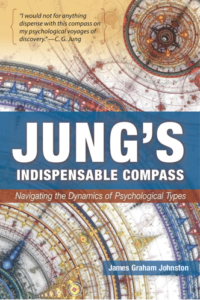In a previous letter, we noted that the body itself is not included among the modes of awareness portrayed in Jung’s model of psychological types. “Personality” is another. It too seems to lie outside the bounds of Jung’s model.
Have you ever noticed that being in the physical presence of people, observing them, and listening to them, is subtly different from experiencing the same sights and sounds through a video conference? It is as though there is a personal “field” missing, one we experience when the individual is present, but a field that is not discernible through a digital experience.
People who have been present to another’s death, if they are alone with the individual, have often reported experiencing the sudden absence of the other person at the very instant of death. The dying person takes a deep gasp, and then instantly, the attending person feels strangely alone in the room.
This awareness of a personal presence is not included as function of any of Jung’s eight psychological types.
Personality may also possess an awareness of ego consciousness. We normally ascribe consciousness to the ego–the Latin term for I. Each of Jung’s psychological types is a mode of ego consciousness. Yet, we are also aware of that ego consciousness–we have a sort of transcendent awareness of consciousness itself. This transcendent aspect of consciousness is also excluded from Jung’s psychological types.
So at least two types of awareness lie outside the type model but may be considered attributes of the individual personality:
1. awareness of another’s personal presence
2. awareness of consciousness itself
That is not to say that Jung did not recognize them, for surely he did, but only that they are modes of awareness that reside outside of the model of psychological types.
J G Johnston
Author of Jung’s Indispensable Compass
11/18/2017
